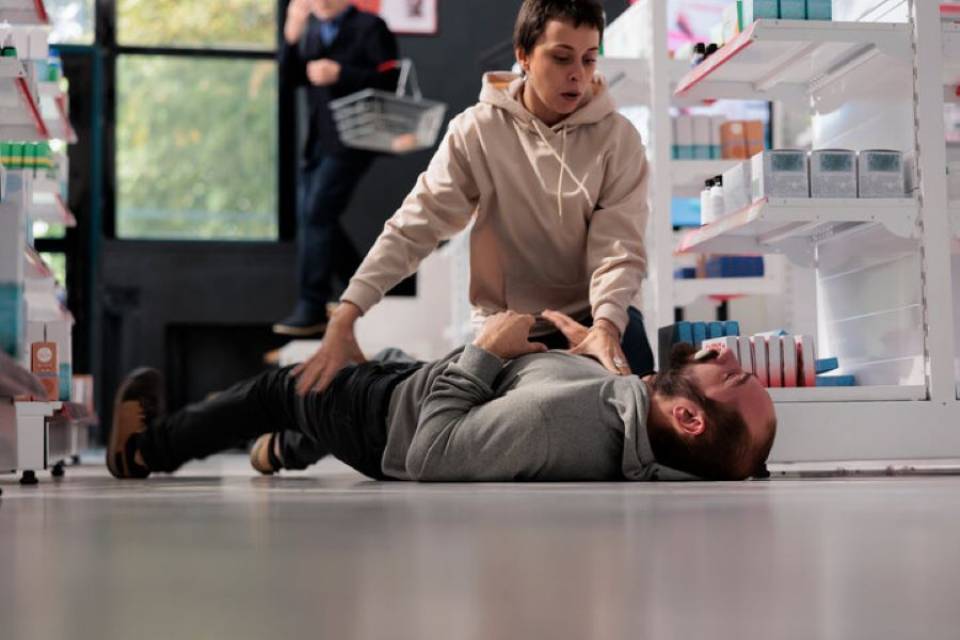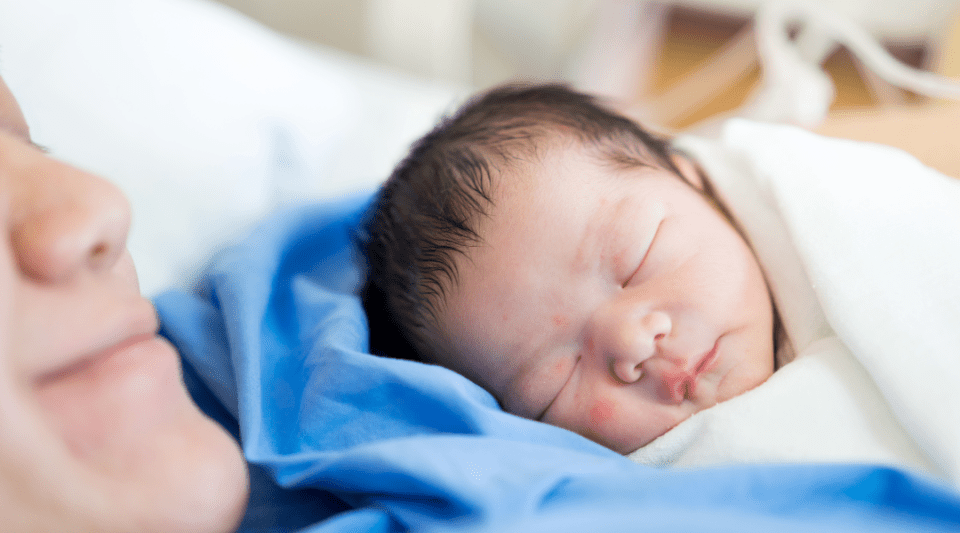From a physical point of view, lockdown has obliged us to be more sedentary or to significantly reduce our levels of activity, with the resulting negative repercussions on physical condition, body composition and the loss of physical abilities, such as strength or resistance. This has had consequences on health and the capacity to cope with everyday activities, which has been even more evident in older people or those with chronic illnesses. In the case of healthy people who practice exercise regularly, whether as an amateur or a professional, lockdown has led to a lack of training.
For those who have had COVID-19, the situation is very different. We know that the spectrum of the infection goes from asymptomatic patients to people who have been admitted to intensive care and needed to be put on a ventilator. Although the main symptoms of SARS-CoV2 infection take place in the respiratory system, the virus has a multisystemic effect. Due to the recent emergence of this disease, there are still no medical publications that indicate with certainty the medium- and long-term after effects, which means it is essential to carry out a medical assessment to identify them and treat them properly.
When monitoring patients who have had the disease, residual symptoms and discomfort are being recorded, for example a feeling of shortness of breath, chest pain, generalised muscular pain, joint pain, weight loss, fatigue and tiredness. Likewise, a reduction in the capacity to do physical activity has been observed, resulting in difficulty returning to work or exercise routines. All these potential after effects and difficulties add to the reduction in quality of life and emotional changes that are often experienced following SARS-CoV2 infection, making recovery from this infection especially hard.
Even if they haven't experienced difficulties or after effects caused by COVID-19 or lockdown, many people have not restarted their regular sports activities due to having doubts, or a lack of information on how to do it safely. Everyone who wants to get back to their sports activity should do it progressively, as doing physical activity exposes the body to extra strain, which must be adapted to. For people who are out of shape, have underlying illnesses or have been affected by the COVID-19 infection, this strain may involve greater risk, especially from a cardiorespiratory and musculoskeletal perspective. Therefore, both healthy people and those who have chronic diseases are recommended to consult a professional before returning to activity.
Most importantly, those who have had COVID-19 should be given a personalised exercise prescription. First, the infectious episode must be studied in detail and the potential after-effects must be identified, then a detailed clinical and functional assessment must be carried out. In this way, patients can return to exercise knowing what to do and how to do it, always taking preferences into account and adapting the activity to personal needs and objectives.
Authors: Dr David Dominguez, Dr Eva Ferrer, Dr Gil Rodas. Sports Medicine Unit, Hospital Clínic and Hospital Sant Joan de Déu




